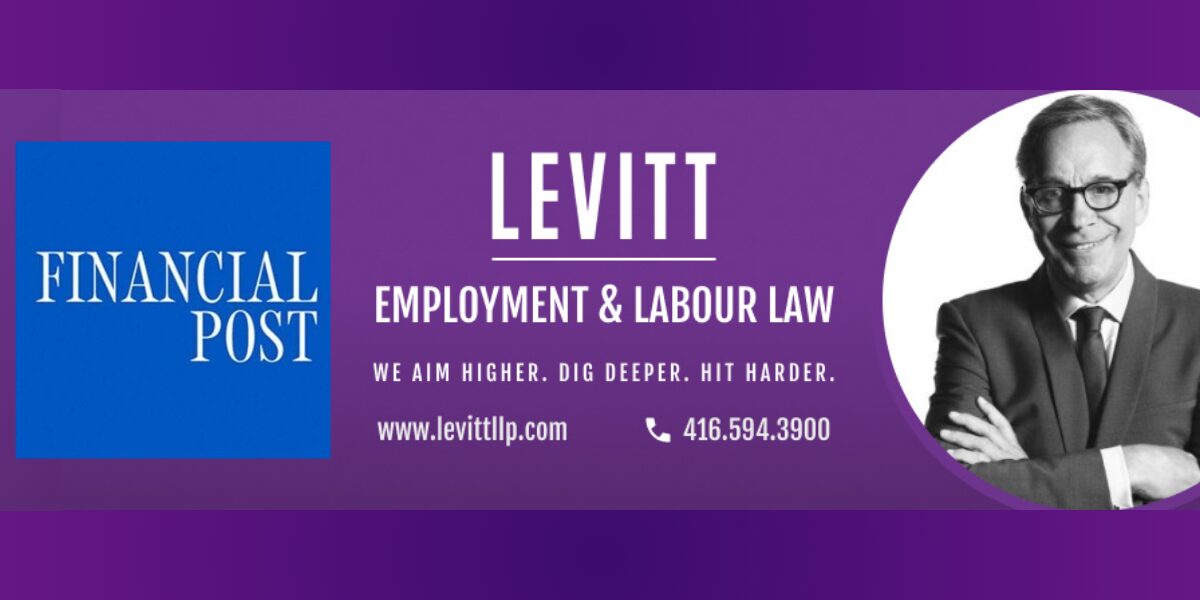By Howard Levitt and Alexis Lemajic
Taking stock of who is working and who is not is the first step when considering a payroll spring cleaning
With the first quarter of the year in the rearview mirror and a certain “out with the old, in with the new” feeling in the air, there is no better time for a little spring cleaning.
Most companies will by now have concrete metrics as to their financial performance, and also a good indication of their employees’ productivity. Optimal performance and employee cost management is critical as companies look to forecast successes and curb costs over the next three quarters.
Taking stock of what (and who) is working — and what (and who) is not — is the first step when considering a payroll spring cleaning.
Identify the underperformers
We all know the ones — the people who arrive 10 minutes late every day, ensure they take every coffee, smoke and lunch break and don’t mind leaving a pile of work for their coworkers when their next vacation comes around like clockwork. The ones who spend extra time gossiping in the lunchroom about how Ashley from finance is dating Adam in marketing, or linger in the doorways of their otherwise productive colleagues, with little to offer. Employers should assess which underperformers are unlikely to change and consider the costs of offboarding.
Support remediable employees
Among the employers’ toolkit is the strategically timed performance improvement plan or “PIP.” Outline clear, measurable deficiencies and provide employees with any retraining, resources or other assistance required to attain improvement milestones in short order.
To be useful, the PIP should make clear that failure to perform will result in dismissal for cause without severance. If an employee makes the cut, your business will run smoother. For those who don’t (and depending on the severity of the issues), employers will have papered their way to a less costly termination for cause.
Timing a PIP to end before upcoming bonus payments are earned may provide further cost savings with respect to unrehabilitated, departing employees.
Reduce offboarding costs
If termination clauses are enforceable, companies could pay as little as $0 and up to a maximum of eight weeks of termination pay and benefit coverage, with corresponding statutory severance pay, if applicable. This is a small price to pay to streamline the organization and enhance the workplace culture for a spring refresh.
Where contract drafting is outdated or unenforceable, companies can provide working notice, i.e., notifying an employee of their eventual termination weeks or even months down the road, receiving credit for time worked against their reasonable notice/termination pay liabilities. When frustrated underperforming employees quit in the interim, liability ceases entirely. The result is a net positive, making room for new hires.
Reward quality employees
Much as he talks now about eliminating the carbon tax, his last several years were spent campaigning internationally for net zero emissions, which would be the death of our largest industry — oil and gas.
Unlike Coffee-Break Carl or Gossipy Glenda, your star employees stand apart from the rest and ought to be praised and rewarded for quality contributions. With tax season upon us, salary and wage increases are an especially welcome reprieve from strained bank accounts. If short-term cash flow is an issue, a long-term incentive plan (LTIP) could boost morale and provide motivational recognition without immediate costs.
Streamline from within
Consider — are your employees currently in their most productive roles? If not, are there ways to harness their strengths to unlock business potential? When assessing opportunities for an internal reorganization, risks include constructive dismissal claims, which occur when a company makes unilateral changes to fundamental terms and conditions of employment without consent of the employee. Presented properly with choices and notice, however, lateral moves or promotions provide growth potential and longer-term stability for your payroll roster.
Start smart with intentional recruitment
Current economic conditions — treading carefully on the brink of a recession — create an employers’ job market. With rising unemployment and living costs forcing employees to concede on compensation, employers can have their pick of qualified personnel to fill roles, rather than being forced to hire what may be little more than warm bodies. Making smart hiring decisions ensures your business is well equipped to handle the ebbs and flows of market conditions from day one.
The takeaway?
Cog-in-the-wheel employees ought to pull up their socks in light of the fact that bankruptcies in Canada are up 20 per cent over last year (think: Hudson’s Bay Company, Sunterra Farms Ltd., etc.) and layoffs are surging across the country (colleges and steel industries in Ontario, for example). For employers engaging in spring cleaning, unproductive crops are the first to be pruned. Employees should do everything in their power to stay off this list. Conversely, compensating quality employees will plant the seeds for them to grow.
In an economy all about optimization, spring cost-cutting and a recruit refresh will have you thinking: April fires bring May hires.
For example, if it was discovered only after a CEO was hired that he had plagiarized his PhD thesis, it would be cause for discharge in a position where having a PhD was important. When “Dr.” Richard Clarke sued Coopers & Lybrand after being fired for cause when it was learned that he did not have the PhD he had claimed — which was requisite for his hiring — the court also ordered him to repay his bonus since, if he had not claimed to have a PhD, he would never have been eligible for a bonus in the first instance.
If Carney was a Canadian CEO, his best defence would be that his deceptions were discovered before he was elected. But that runs against another strong theme of employment law, which is that a CEO can be dismissed without severance if they are found to be dishonest, particularly if they lie to obtain the position.
Having integrity, being respected and serving as a role model is so fundamental to the role of a CEO that the absence of such traits, even if discovered unrelated to the employment, can be cause for discharge without severance.

